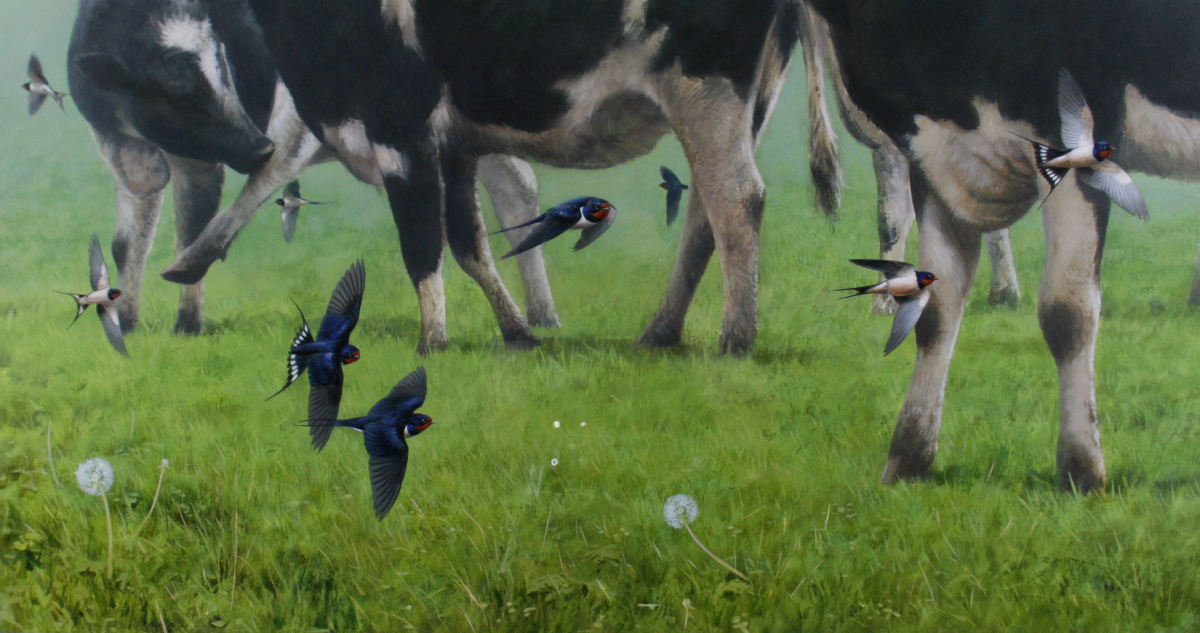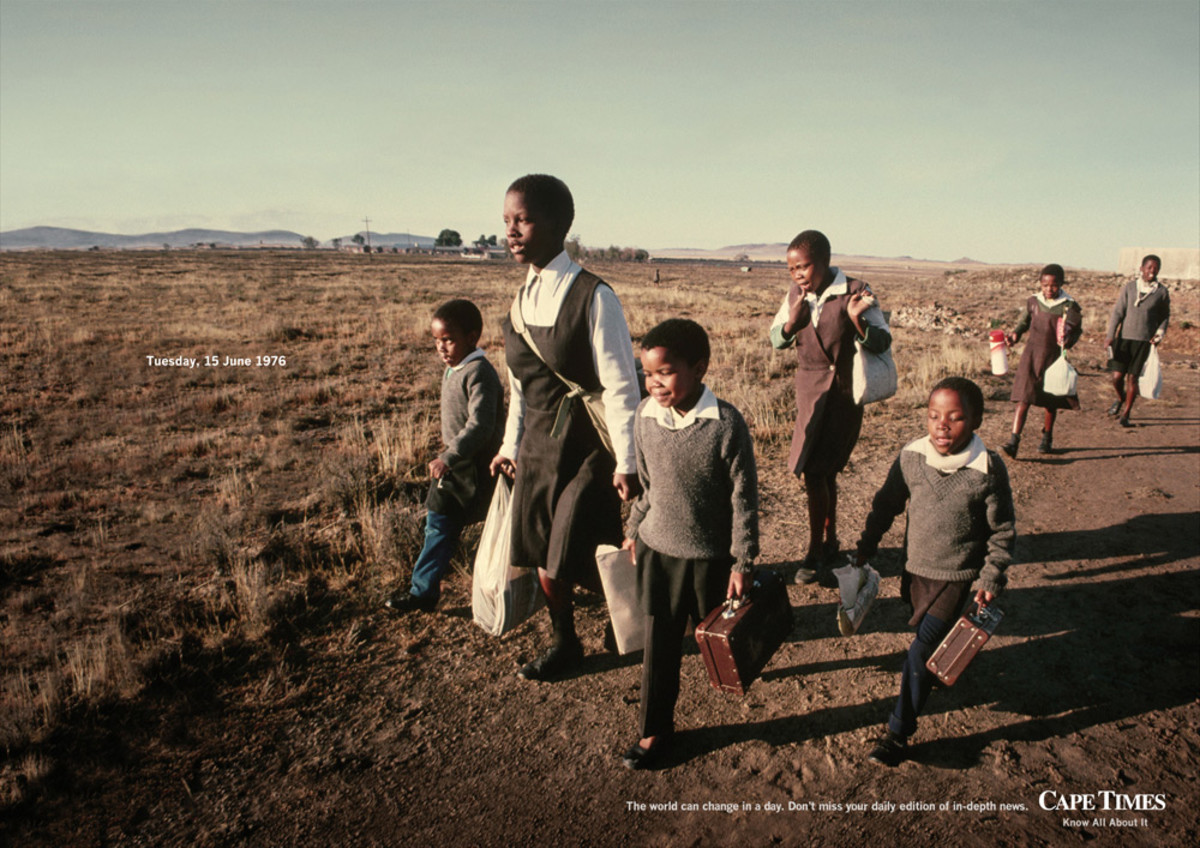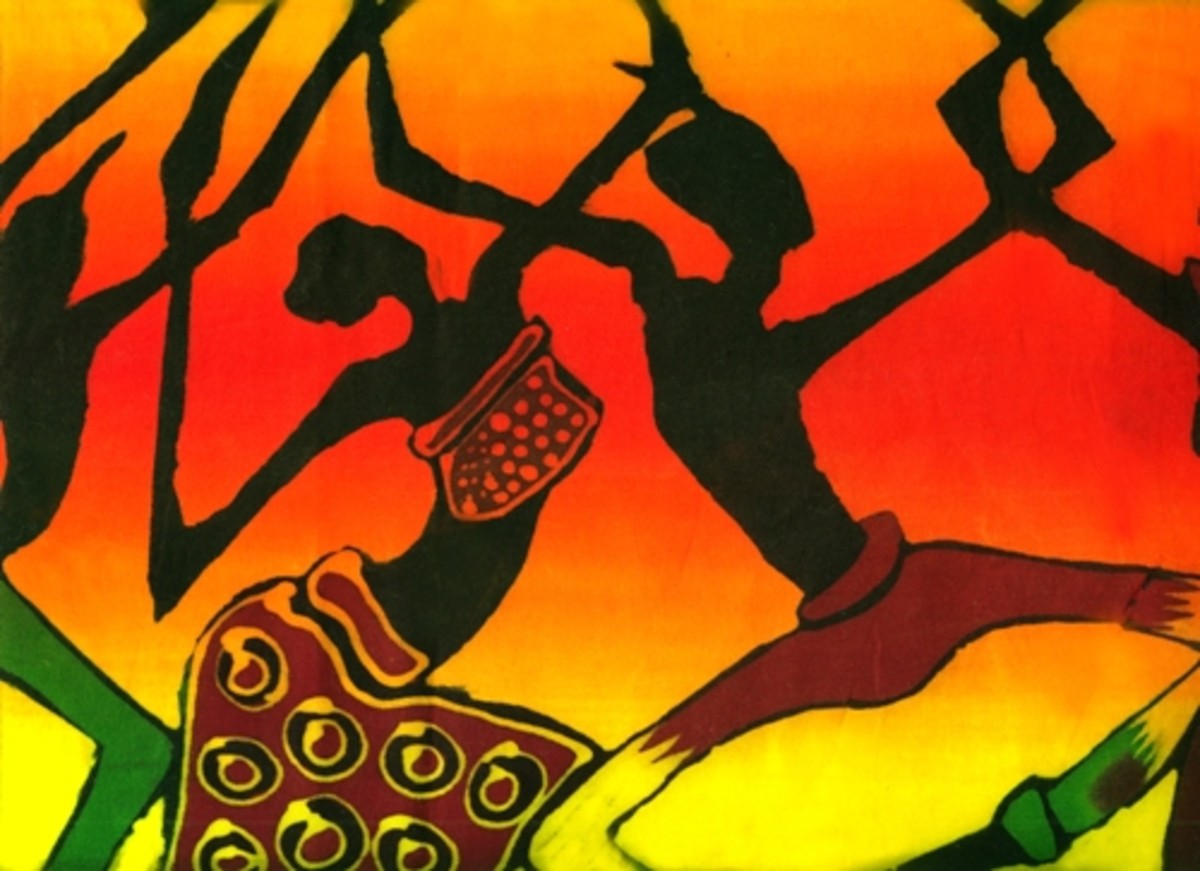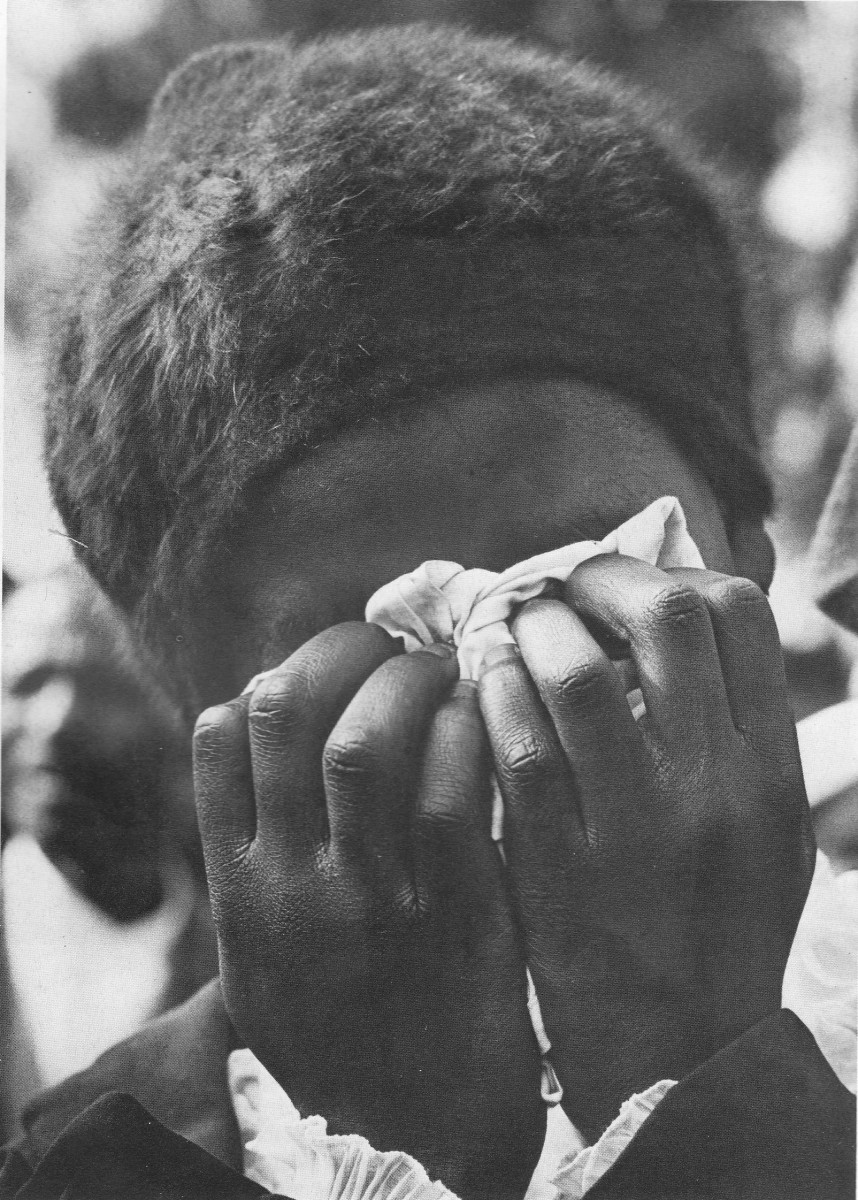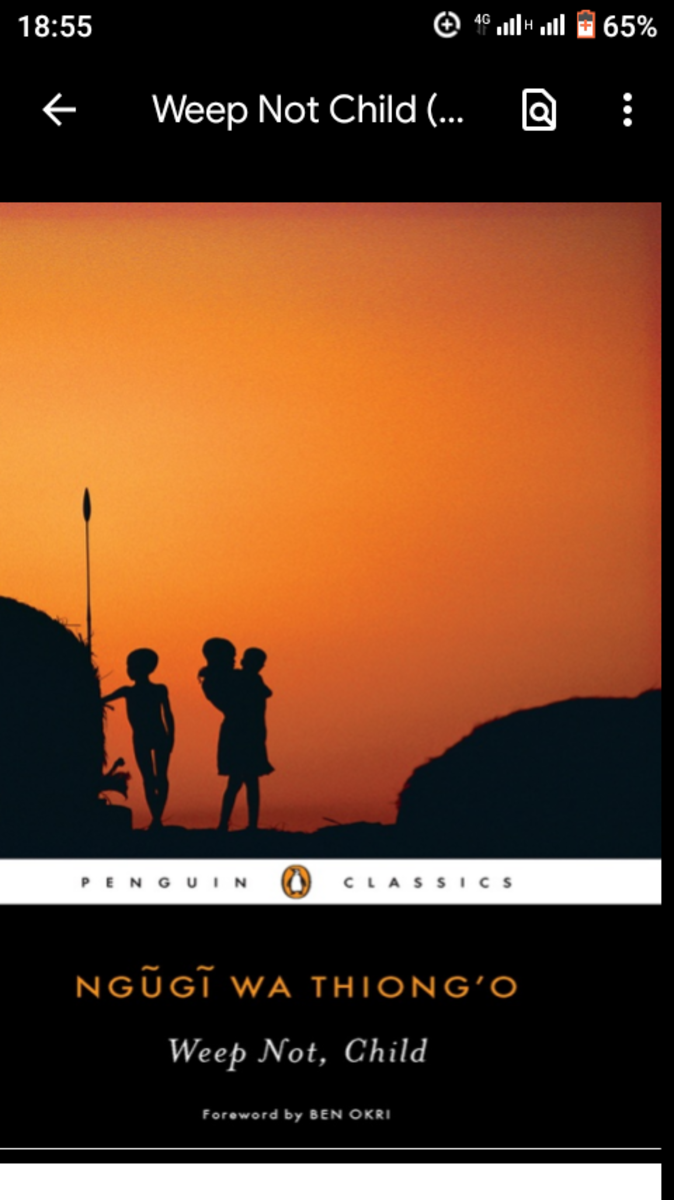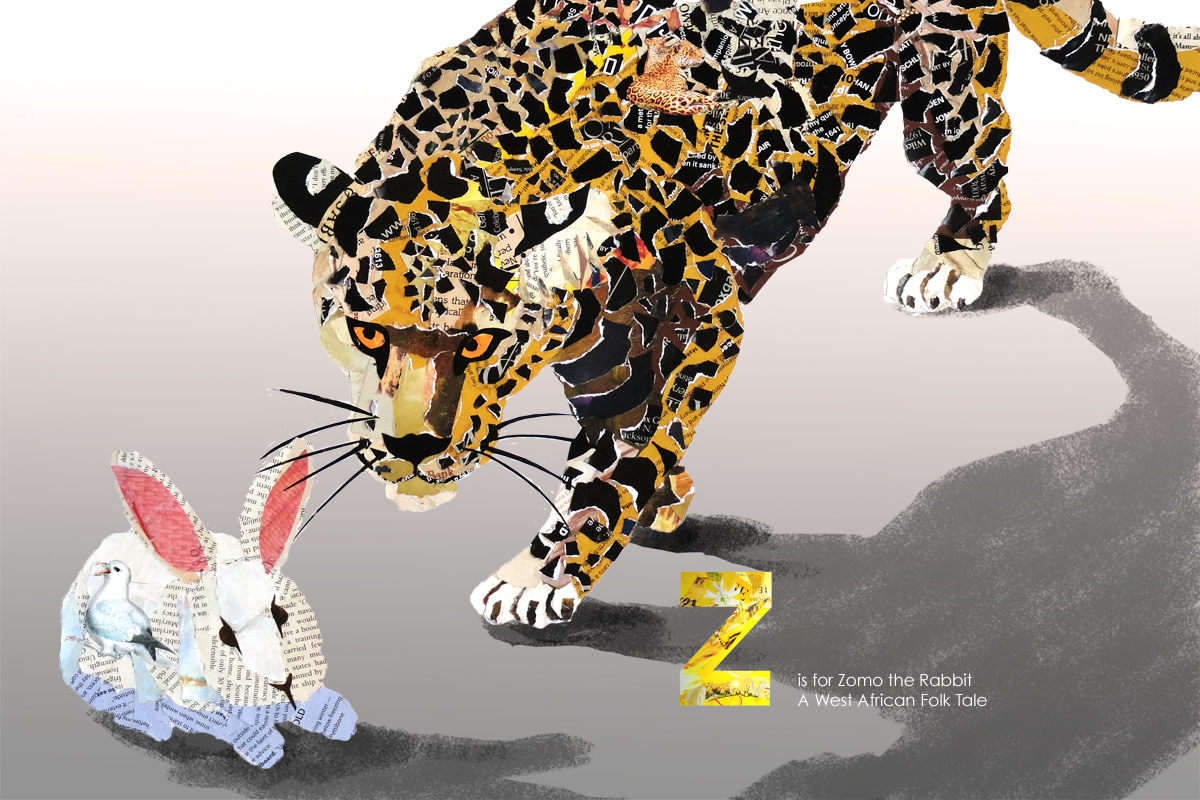South African Literature
South African Literature
I always had an interest in literature and somehow over the years, I lost that touch. Recently, I had to go back and look for the best about literature, and not only about William Shakespeare.
I focused on Southern African Literature.
The heroes, villains, victims, and oppressors have spanned the pages of Southern African literary history over the past two hundred years.
So often seem far more real than their counterparts in other parts of the world.
It seldom seems to matter what their backgrounds are usually the opposite of the people who read about them.
Thus, residents of city suburbs have come out rooting for Darlene Matthee's woodcutters of the lonely Knysna forest. The simple Afrikaner tenant farmers of Pauline Smith's Little Karoo, the raucous patrons of Can Themba's Soweto, and even the gutsy Poppie Nongena.
Abrahams Lionel
He was born in Johannesburg in 1928 and was a poet, editor, publisher, and man of letters. Abrahams has edited the stories of Herman Charles Bosman the published work of the black poets in the seventies such as Mtshali and Serote and founded the literary magazine.
''The Purple Renoster,'' he is the author of several collections of poetry and a sequence of stories entitled The Celibacy of Felix Green-span in 1977.
His poetry reflects the Johannesburg urban scene and represents South African liberal humanism at its best.
Abrahams has twice won the Thomas Pringle Prize for Poetry in 1977 and 1987 and is also the recipient of the Olive Schreiner Prize in 1986.
African-language Literature
Literature in the various African languages of South Africa includes the oral as well the written form. The best-known oral form is the praise poem.
In Zulu, isibongo is recited by a praise singer or imbongi.
Written literature begins with the missionaries and their mission presses, and with early black newspapers such as ''Imvo Zabantsunda,'' which was established in 1884.
Major writers include Sesotho, Thomas Mofolo; in Xhosa, S E K Mqayi and A-C Jordan; and Zulu, R R R Dhlomo and BW Vilakazi.
The finest novel is AC Jordan's Ingqumbo Yeminyanya written in the year of 1940 and was published in English as The Wrath of the Ancestors in 1980.
During the apartheid years, many writers found themselves restricted from producing the kind of works that would be approved for use in schools.
Afrikaans literature
Although Afrikaans became one of South Africa's official languages only in 1925, the struggle for recognition of the language in the face of British Imperialism dates back at least to the 1870s.
By the early years of the twentieth century several major writers were being published: Eugene Marais's poem ''Winternag' (Winter Night) in 1905, is usually regarded as a kind of watershed. There were major creative periods by Wyk Louw, Uys Krige, and Elisabeth Eybers.
These marked a decisive break with more conventional rural themes and by the ''Sestigers' of the 1960s such as Etienne Leroux Andre P Brink, and Breyten Breytenbach, expressing a new sexual and political freedom.
Cry, the Beloved Country
A novel by Alan Paton attracted international attention to South Africa when first published in 1948. This tells the story of Reverend Stephen Kumalo, an elderly African priest who leaves his home in rural Natal to travel to Johannesburg in search of his son.
Absolom finds tragedy and suffering and undergoes a crisis of faith. Parallel to his story is that of the white farmer Jarvis, whose son has been murdered by Absolom. The novel is characterized by lyrical description, biblical cadences, and a yearning for lost innocence and wholeness.
It was turned into a Broadway musical in 1949 and has been the subject of two films in 1952 and in 1995.
FitzPatrick, Sir James Percy a popular novelist, and author of South Africa's most famous children's book, Jock of the Bushveld in 1907. Born in King Williams Town, FitzPatrick worked as a transport rider, digger, and journalist. A friend of Cecil Rhodes, he was briefly imprisoned after the Jameson Raid and was knighted in 1902.
South Africa's best-loved children's book written by Percy FitzPatrick was based on his experience as a transport rider in the Eastern Transvaal. It describes the bond that develops between a boy and his pup as they grow to maturity.
It is also a fine evocation of a frontier of lifestyle. The book, reprinted many times, was made into a film in 1986 and again in 1995 was my favourite story.
Smith Wilbur
A South African bestselling novelist, whose reputation was established with his first novel such as, Where the Lion Feeds in 1964, His racy narratives are packed with action and adventure in an African setting and have to date sold sixty-five million copies worldwide. Ancient Egypt is the setting of his most recent novels.
River God and The Seventh Scroll. Several of his novels have been made into Hollywood films.
Plaatje, Sol T
A remarkable man, Plaatje was the first black South African to write a novel in English. Mhudi, published in 1930 but written in 1920, is a historical romance that explores the human and historical impact of events in northwest South Africa in the 1830s.
Its central event is the defeat of Mzilikazi by a combined force of Boers, Barolong, and Griquas. Plaatje was also a leader of the then South African Native National Congress, later the ANC, a journalist and newspaper editor, and a linguist and translator of Shakespeare into Setswana.
He also wrote Native Life in South Africa, in 1916 which documents the effects of the Land Act of 1913. Plaatje was present at the Siege of Mafeking and his diary was later discovered and published in 1973.
''Drum'' Writers
A new generation of urbanized South Africans who worked at ‘‘Drum’’ magazine in the nineteen fifties and lived in Sophia-town. This talented group of individuals forged a new, racy township idiom, and their work signalled a renaissance in black writing.
Outstanding figures were Can Themba, Es'kia Mphahlele, Bloke Modisane, Todd Matshikiza, Nat Nakasa, and Casey Motsisi.
They wrote mainly short stories, for which to write autobiographies. The political repression that came after the Sharpeville shootings brought this era to an abrupt end.
Themba can perhaps be the most talented of the Drum Writers, Themba embodied the hard-living, hard-drinking lifestyle associated with 'Drum' magazine and the shebeen culture of his beloved Sophia town.
He never fulfilled his literary promise; what remains apart from the journalism are a few short stories and one or two penetrating auto-biographical pieces. His work was published in The Will to Die in 1972 and The World of Can Themba in 1985.
Exile Literature
A term commonly used to describe the literature of writers driven into exile as a result of their opposition to apartheid.
The first wave of departures was prompted by the Sharpeville shootings and the repression of the 1960s.
Writers such as Alex La Guma, Can Themba, Denis Brutus, Es'kia Mphahlele, Lewis Nkosi, and Bloke Modisane all left at this time, mostly on one-way exit permits. While articulating their political commitment, their writing is often informed by a sense of alienation and homesickness.
Many writers died in exile, though some, such as Mphahlele and Serote have returned. Different responses to exile can be seen in the work of writers as diverse as Arthur Nortje, Bessie, Zoe Wicomb, Farida Karodia, and, among whites, David Wright, Dan Jacobson, and Christopher Hope.
I learned more about other African Writers including Wilbur Smith and FitzPatrick Sir James Percy all having enlightened my knowledge of talented literary writers.
Summary
Focus recently lured me to another direction of literature from William Shakespeare to South African Writers.
South African Literary Writers



South African Literary Works
Did you find this hub Helpful?
This content is accurate and true to the best of the author’s knowledge and is not meant to substitute for formal and individualized advice from a qualified professional.
© 2014 Devika Primić

